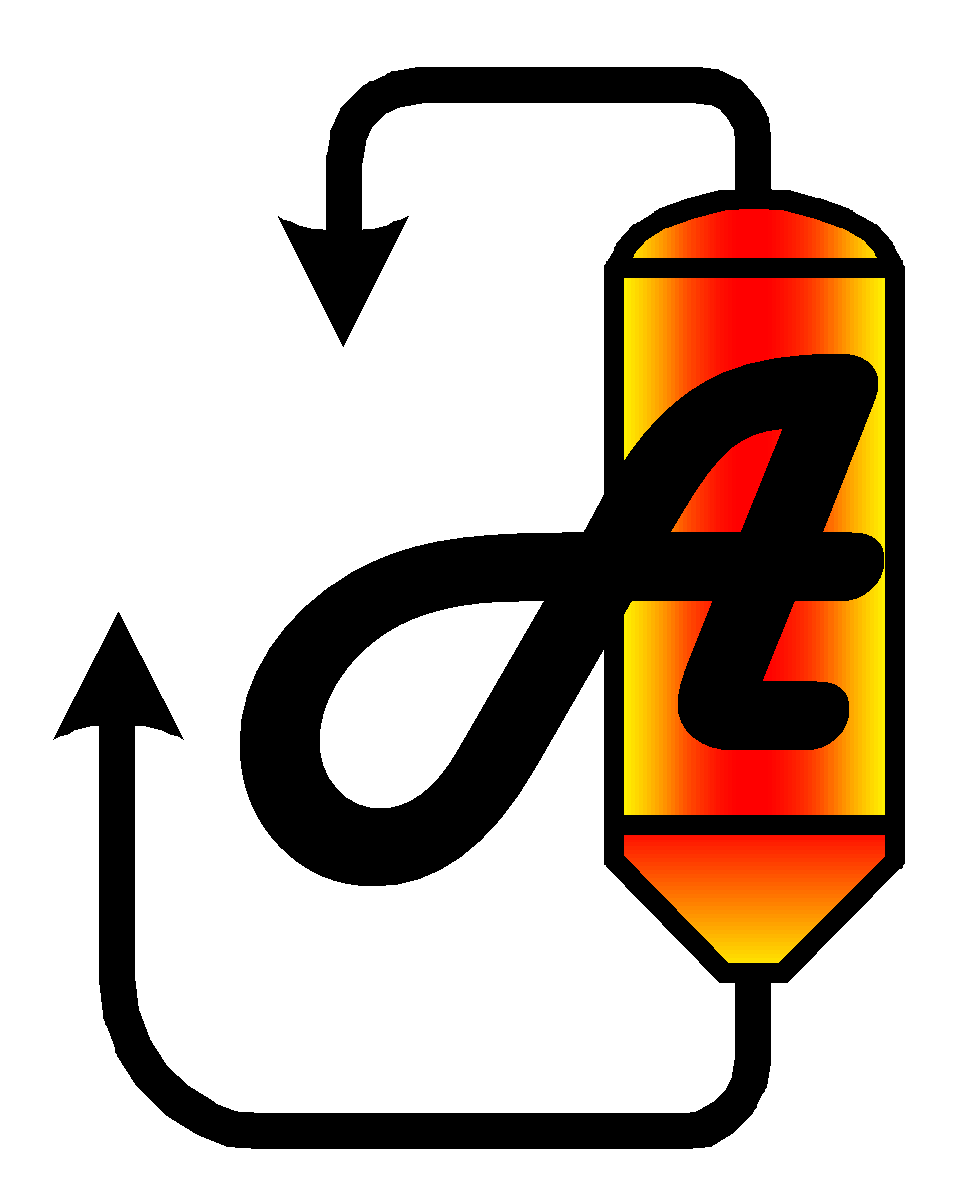We use the Momentum Flux Theory to quantify the mixing
phenomenon. This well documented and tried theory was developed by Carl Yackel
back in the 60's and is currently being used (in one form or another) by several
mixing companies today. Simply stated, the rationale behind the Momentum Flux
concept is best explained as follows: A rotating impeller in a tank produces an
induced jet flow (or stream) of fluid. This stream has an associated velocity,
mass and cross-sectional area. As the stream travels through the tank, it
diverges or expands within the confines of the tank. This expansion causes the
cross-sectional area and velocity to change markedly, thus additional fluid is
entrained within the stream. However, the overall momentum of the stream is
approximately conserved, as per Newton's second law (Conservation of Momentum).
The overall conserved momentum is known as momentum flux. Because this is a
steady state system, one can calculate the momentum of the induced jet flow at
the impeller and consequently determine the average overall tank momentum (or
expanded jet momentum). Thus the momentum produced at the impeller will manifest
itself as motion throughout the tank and will provide an accurate measure of the
overall average bulk fluid velocities (or tank momentum level). This is not to
say that the velocities throughout the tank are exactly equal, but rather to
state a specific reference velocity can be determined which is proportional to
all local fluid velocities within the tank.
 Chemical and Pulping Ltd
Chemical and Pulping Ltd



![]()